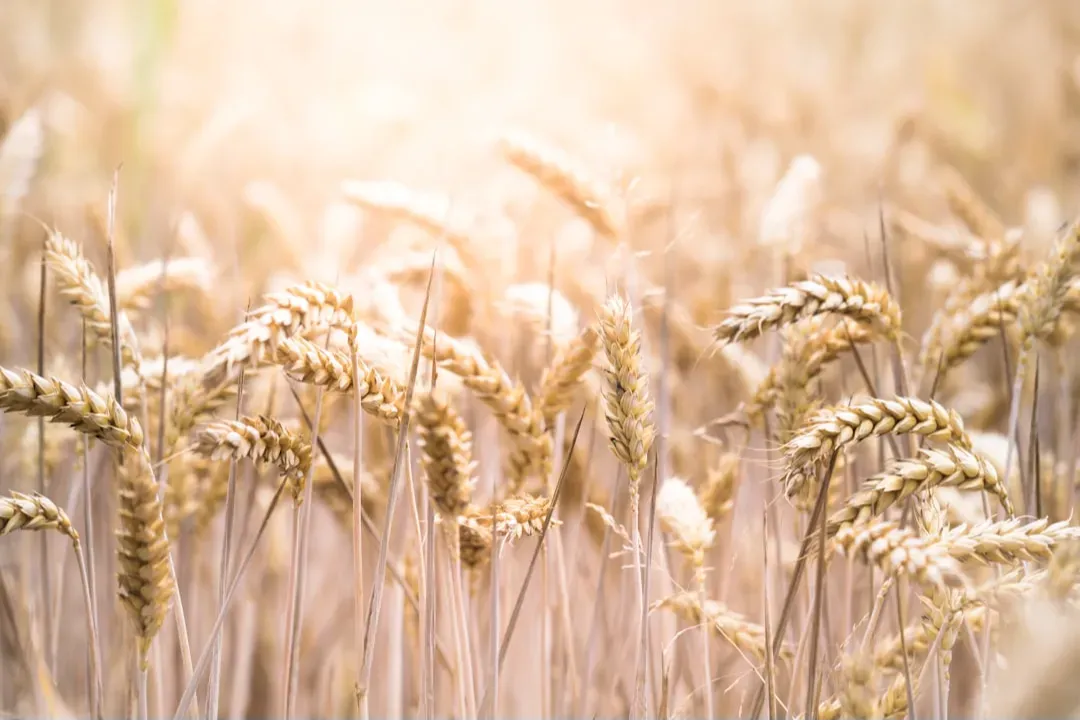Science-based, reliable, transparent, and granular agricultural data on food, feed, and agricultural intermediate products. Advance your sustainability decision-making with a thorough and consistent life cycle inventory (LCI) database for the agri-food sector. Now also available via Blonk Data Hub.
Trusted By Companies Globally
What is Agri-footprint?
As the world's leading environmental footprint database for the agri-food sector- Agri-footprint offers comprehensive, consistent, comparable and transparent life cycle inventory(LCI) data globally.
Trusted by industry, LCA experts, scientific & research community, governmental institutions and policy makers worldwide, Agri-footprint is built using statistics, scientific literature, industry data , other databases and our expert data modeling approach.
Whether you are working on comprehensive life cycle assessments (LCAs), carbon footprinting, hotspot analysis, labelling schemes or looking to implement it in your sustainability software solutions, get in touch with our team to explore the best suited option for you
-
4800+ datasets
-
63+ countries
-
Aligned with global standards like ISO 14040/44 and PEF
-
All 19 Impact Categories included
-
Transparent background methodology publicly availablable
-
Available Formats - Excel, CSV, JSON, and via the Blonk Data Hub
-
Allocation methods - Mass, Energy and Economic allocation
-
Developed using ReCiPe (2016) Midpoint H LCA method

What is new in Agri-footprint 7.0?
In this latest release, we are introducing a completely new user experience for Agri-footprint users. Through our cloud-based Blonk Data Hub, you can now access environmental impact data through an intuitive interface. With a few simple clicks, you can now:
-
Intuitively search and filter datasets instantly
-
Get one-click access to data sources, background methodologies and process insights
-
Access to different versions of Agri-footprint via the same interface (depending on your license)

Comparison Agri-footprint 6.3 and Agri-footprint 7.0
You can access Agri-footprint in different data types and format options , depending on your use case. All the license types are available on an annual licensing period and contain:
Impact Categories
All 19 Impact Categories OR
Carbon (including Land Use Change) only
Allocation Types
Economic, Mass and Energy Allocation
Data Types
Impact Result Level (Blonk Data Hub)
Unit Process Level (JSON)
Available Formats
Blonk Data Hub, JSON
Upon request- XLS, CSV
Consultancy License
Users
Ideal For: multi-user access to generate multiple reports, presentations and product research and development
Access: up to 10 users
Integration
External Sharing: outputs can be shared with external clients
Internal Integration: Can be integrated within internal tools, software, or services - as long as it is for internal use only
Developer License
Users
Ideal For: multi-user access to generate multiple reports, presentations, and product research & development
Access: up to 50 users
Integration
Internal & External Use
External Integration: Can be integrated into tools, software, and services intended for external sale or distribution
Enterprise License
Users
Ideal for: multi-user; multi-branch use of multiple reports, presentations, product research & development within an enterprise
Access: up to 50 users
Integration
Internal Use Only: Tools or software created internally may not be sold or licensed externally
Internal Integration: Can be integrated into internal tools, software, or services across different internal divisions within the organization
Methodology Documentation
The methodology report of Agri-footprint contains background information on the methodology, calculation rules, and the data used to develop the data published in Agri-footprint.
Bugs and issues

To us, transparency is essential in developing sustainable agri-food value chains. This is why we want to be open about all currently known bugs and issues in Agri-footprint, including our envisioned solution. Did you find a bug? Please report it to us.
FAQ

Do you have any other questions about Agri-footprint, such as its availability, carbon sequestration, land-use change, data quality, or how it deals with uncertainty? Please take a look at our Frequently Asked Questions section.
Learn More: Featured Articles, Customer Stories and Other Resources
Agri-footprint FLAG and SBTi FLAG guidance
Questions about Agri-footprint FLAG?
An Agri-footprint version which aligns to the SBTi FLAG Guidelines is also available. Agri-footprint FLAG has been developed to facilitate users in analyzing their GHG inventory to set FLAG targets as described in the SBTi FLAG Guidance.

Jixin Liu
Reach out to Jixin for more information on Agri-footprint.











